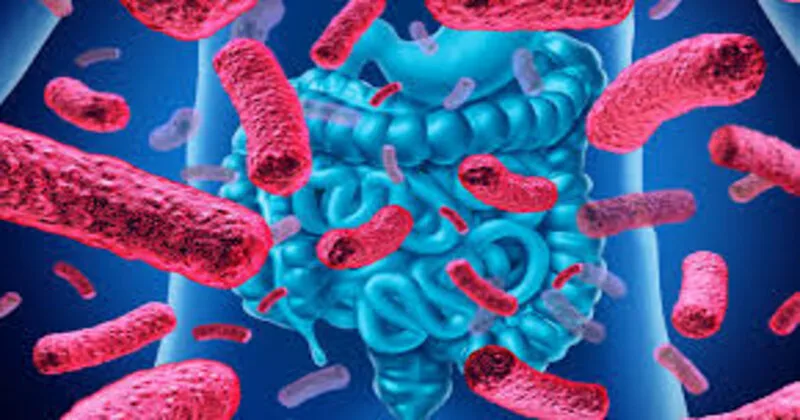
A recent study published in The Lancet Infectious Diseases journal revealed that only about 8% of bacterial infections in India were properly treated in 2019. The research, conducted across eight low- and middle-income countries including India, Bangladesh, and Mexico, found that nearly 1.5 million bacterial infections in these nations were resistant to carbapenems—an essential class of antibiotics used for serious hospital-acquired infections. However, only a little over 100,000 treatment courses were procured, resulting in just 6.9% of infections being treated appropriately. India procured the majority of these courses but still managed to treat only 7.8% of its estimated infections.
The analysis indicated that India had the highest number of infections, with over 1 million estimated cases. Tigecycline, a strong hospital-prescribed antibiotic, was the most commonly used treatment. The researchers, including those from Switzerland’s Global Antibiotic Research and Development Partnership (GARDP), emphasized that this treatment gap poses a serious health risk, particularly in countries with limited access to advanced healthcare. Antimicrobial resistance (AMR)—where bacteria become immune to antibiotics—was found to be a growing threat with potentially fatal consequences.
According to the study, AMR caused over 1 million deaths annually between 1990 and 2021, surpassing the death tolls from HIV/AIDS and malaria in 2022. Without urgent global intervention, nearly 40 million deaths could occur by 2050 due to drug-resistant infections. The researchers called for immediate action from global and national policymakers to address this escalating crisis, especially since nearly 90% of AMR-related deaths are projected to occur in low- and middle-income countries.
4o

Post Your Comments